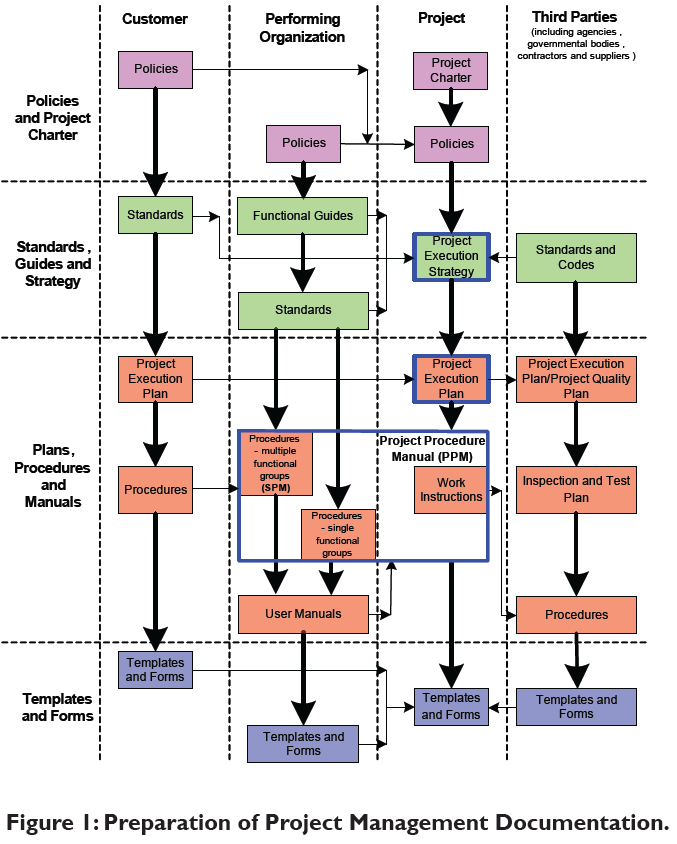Boost Your Task Management: Construction Document Management Devices You Required
Achieving Seamless Job Distribution: Designer's Comprehensive Strategy to Construction File Management
In the realm of design and building and construction, the careful orchestration of project elements is critical to success. One critical aspect commonly underestimated is the monitoring of building files, which acts as the foundation of every project. construction document management. As engineers browse the intricacies of implementation, style, and coordination, an extensive strategy to record administration becomes a cornerstone for attaining seamless project shipment. By studying the subtleties of this process, discovering the crucial elements, and checking out innovative technological services, engineers introduce a path towards heightened effectiveness and collaboration within job groups. The fusion of collaboration, accuracy, and innovation develops the cornerstone of an effective architectural endeavor, raising the significance of a structured paper management approach.
Value of Building Paper Administration
Effective construction paper administration plays an essential function in making sure task success by facilitating seamless communication and organization throughout the construction process. By keeping updated and exact building documents, engineers can efficiently connect with contractors, subcontractors, and other stakeholders associated with the job. These files function as a recommendation factor for all events, guaranteeing that everyone is functioning from the exact same set of info and lowering the possibility of errors or misconceptions.
In addition, building and construction record monitoring assists engineers stay arranged by offering a central location for all project-related info, including illustrations, specs, agreements, and correspondence. This company simplifies the decision-making process and allows for quick access to critical task details when needed. Additionally, proper paper management can improve project effectiveness, minimize pricey delays, and ultimately lead to the successful completion of building jobs. Designers who focus on building and construction document management set a strong foundation for task success and demonstrate a commitment to delivering high-grade outcomes.
Key Elements for Efficient Documentation

Establishing standardized design templates and procedures guarantees consistency across all job files. Executing a durable document administration system that enables for variation control, gain access to constraints, and audit trails considerably enhances the organization and protection of job documentation. By including these essential components into building document administration techniques, designers can streamline procedures, lower errors, and inevitably contribute to the effective shipment of jobs.
Utilizing Innovation for Paper Organization
Leveraging innovative electronic tools and software systems contributes in boosting the company and accessibility of building and construction paperwork. Architectural companies can simplify their file monitoring processes by implementing specialized software program made for the construction sector. These devices supply attributes such as variation control, cloud storage, and collective modifying capacities, allowing staff member to service papers all at once and making sure every person has accessibility to the most current information.
One key benefit of using innovation for file company is the ability to produce a central database for all project-related files. By storing files in a safe digital environment, architects can quickly search, recover, and share information with stakeholders, decreasing the risk of variation disputes or misplaced documents. Furthermore, progressed software application services typically integrate metadata tagging and indexing functionalities, permitting individuals to classify records effectively and obtain them promptly when needed.
Collaborative Techniques With Task Teams
To optimize job results, designers have to welcome collaborative strategies when functioning with task teams to ensure seamless communication and control throughout the building and construction process. Cooperation with project teams is vital for architects to successfully manage building tasks. construction document management. By promoting open communication and team effort amongst all stakeholders, architects can improve decision-making procedures, address possible issues proactively, and guarantee that everyone is aligned with the job objectives
Architects should develop clear lines of Our site interaction with designers, service providers, customers, and various other crucial team members from the outset of the job. Normal meetings, progress updates, and feedback sessions need to be set up to maintain everyone informed and engaged. Utilizing joint job administration tools can additionally promote real-time info sharing and document partnership, enhancing transparency and efficiency.

Ideal Practices for Paper Version Control

Verdict
To conclude, effective building and construction record monitoring is vital for attaining smooth project shipment. By focusing on crucial elements such as company, collaboration, and variation control, engineers can make sure that all task groups are working from updated and exact information. Utilizing technology can simplify the documentation process and enhance total Source task performance. It is imperative for engineers to implement finest methods in paper monitoring to successfully navigate the complexities of construction projects.
Reliable building and construction file management plays an important role in making sure task success by promoting smooth communication and company throughout the construction procedure. In addition, proper document monitoring can improve task effectiveness, reduce expensive hold-ups, and click to find out more eventually lead to the successful conclusion of building and construction projects.To optimize task results, architects must embrace collaborative methods when working with project teams to ensure seamless communication and coordination throughout the building procedure. Cooperation with project groups is important for architects to properly manage building projects.In the realm of collaborative building and construction job management, preserving accurate control over paper variations stands as a vital practice for making certain job stability and communication.